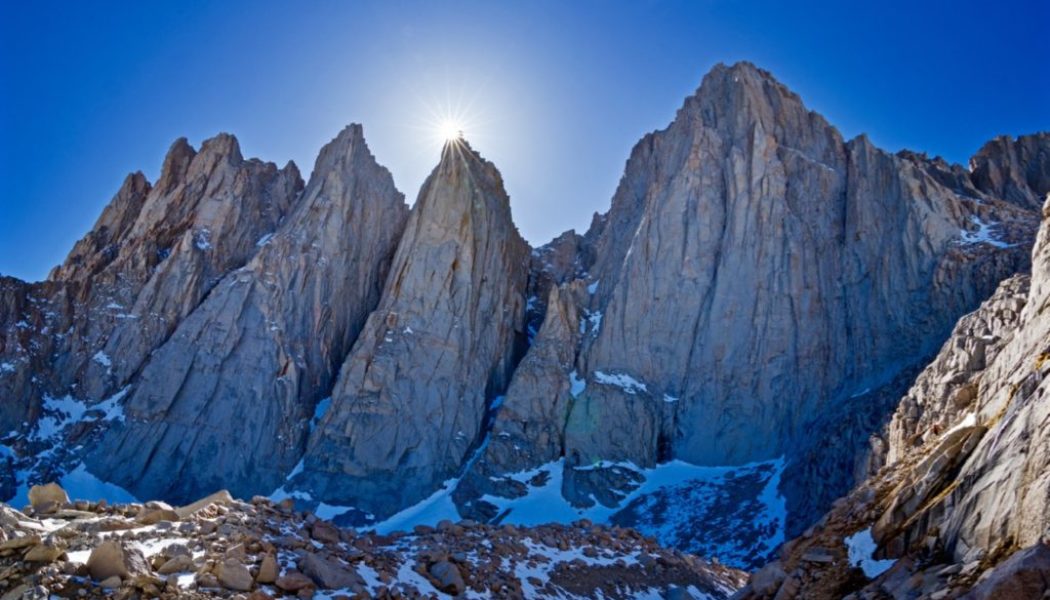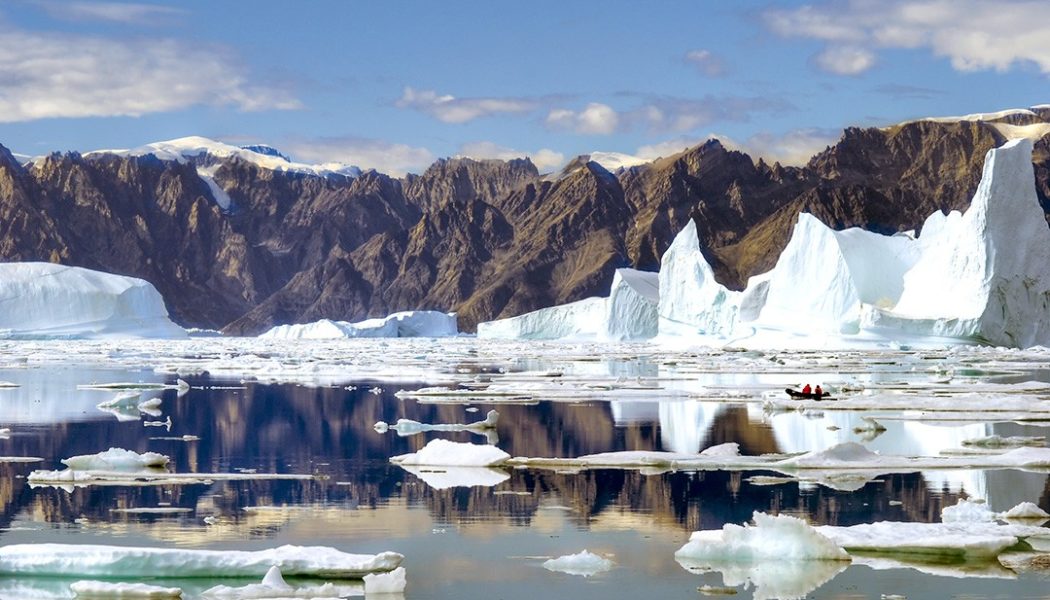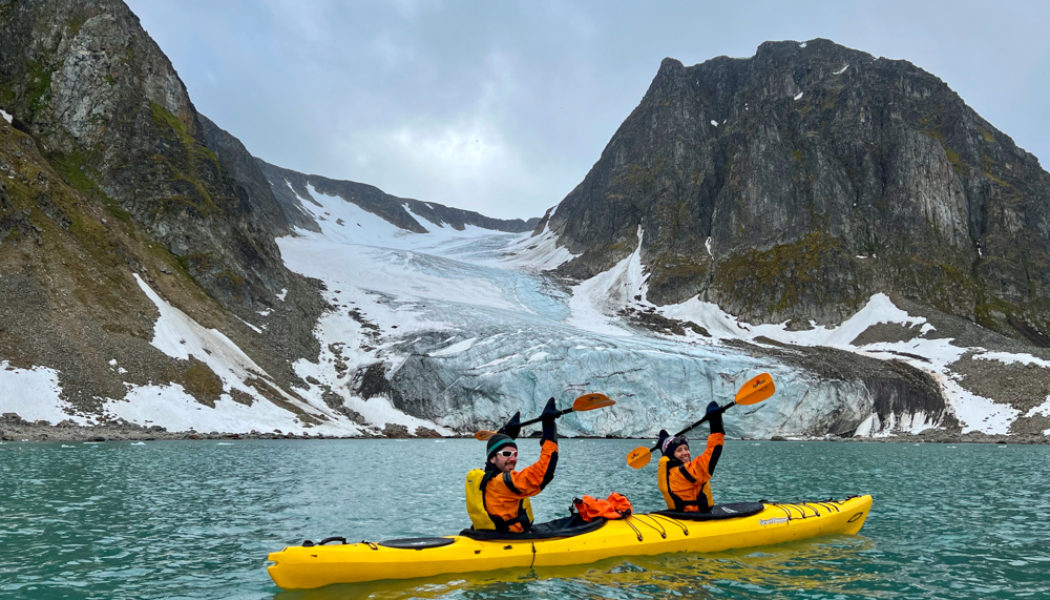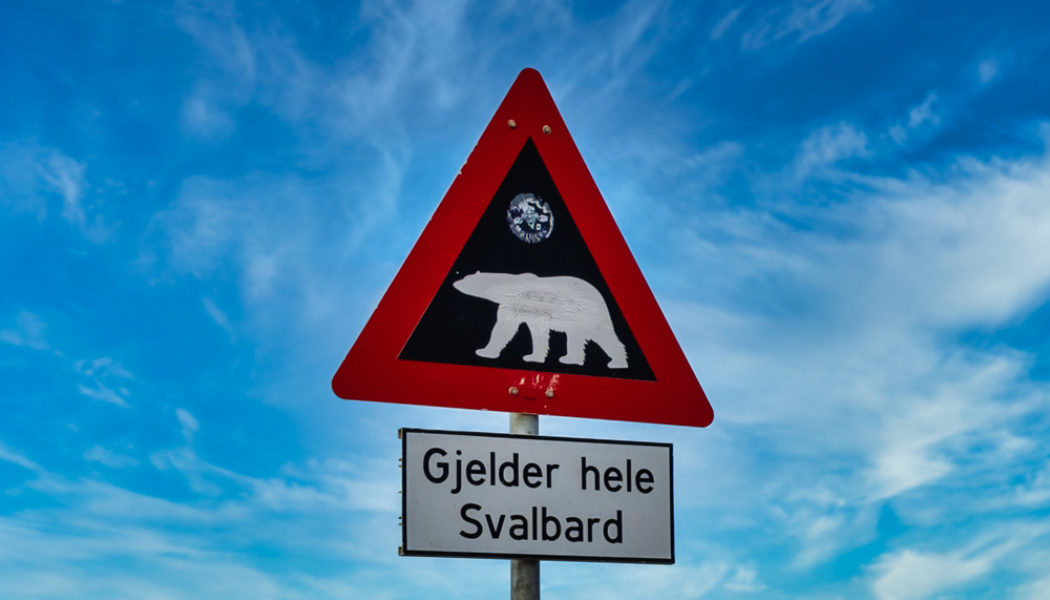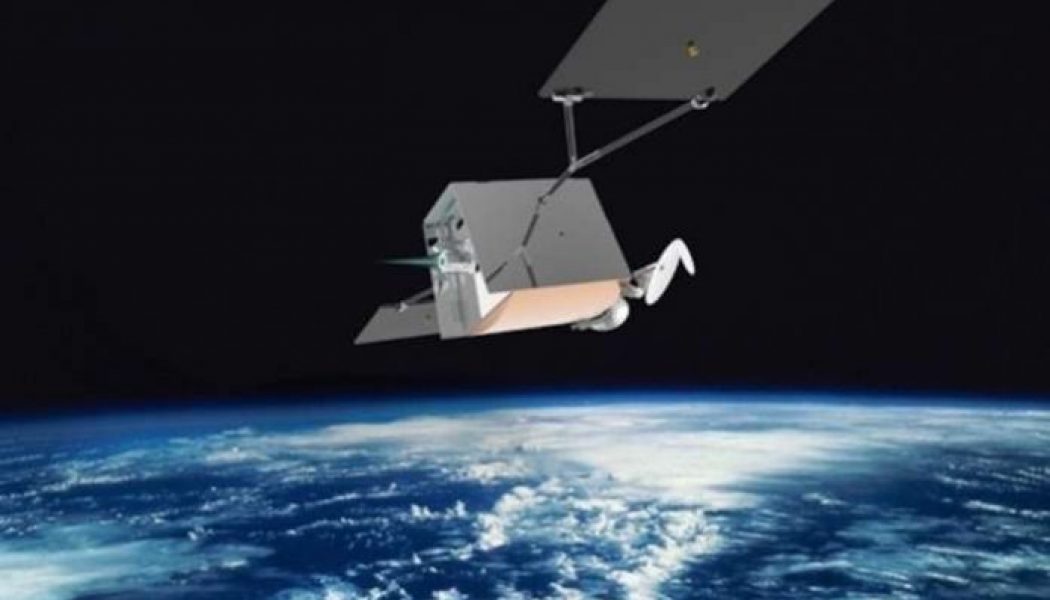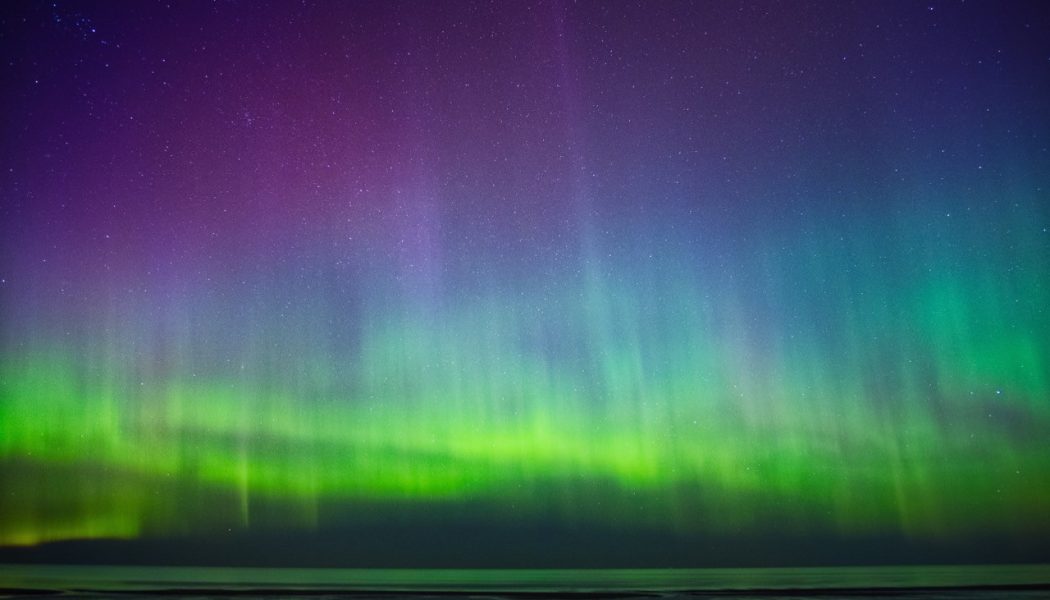Arctic
Mountaineering calendar: when to climb the world’s great peaks
Since I first started climbing, I must have spent hours typing “when is the best time to climb…” into search engines and then crawling through websites to find the key piece of information I needed. Only when I have a date in mind can I start to think about the practicalities of actually trying to climb a mountain (i.e. booking time off work, flights, budget, gear etc). To solve this problem once and for all, Atlas & Boots has put together a mountaineering calendar of the world’s greatest mountains and the optimal time of year at which to climb them. Drawing on Adventure Consultants’ expedition calendar, we list the world’s major mountains and ranges month by month. The list is not entirely inclusive as it would take too long to list every mountain on the planet. Likewise, to avoid re...
7 adventure sailing holidays for your bucket list | Atlas & Boots
Adventure sailing holidays have the ability to carry passengers to the far reaches of the world, accessing the most remote scenery the world has to offer. Having just returned from my first tall ship sailing adventure off the west coast of Scotland, and with my interest well and truly piqued, I take a look at some adventure sailing holidays I would love to join. The post 7 adventure sailing holidays for your bucket list appeared first on Atlas & Boots.
The most stunning natural phenomena on Earth | Atlas & Boots
As Doug Hurley and Bob Behnken made history as the first astronauts to launch to orbit on a privately-owned spaceship, the world took pause to watch. Given the turmoil of our times, one observer quipped, 'Congratulations to the Astronauts that left Earth today. Good choice.' The post The most stunning natural phenomena on Earth appeared first on Atlas & Boots.
Arctic or Antarctic: how to pick your polar adventure
Can’t decide between the Arctic or Antarctic for your polar adventure? Our guide will help you choose between 66° north or south The North and South Poles were only “conquered” in relatively recent history. The South Pole was first attained in 1911 by the Norwegian Roald Amundsen after his epic race with the ill-fated Robert Falcon Scott. The conquest of the North Pole is a little murkier thanks to its location in the middle of the Arctic Ocean among waters that are almost always covered with shifting sea ice. It’s possible that Frederick Cook was the first to reach the North Pole in 1908 or perhaps it was Robert Peary in 1911 or maybe Richard E. Byrd who was the first to fly over it in 1926… But it wasn’t until Roald Amundsen’s definitive flight over the Pole...
Poles of inaccessibility: the middle of nowhere
The poles of inaccessibility are arguably the true last frontiers for explorers. But where and what are they? I’ve long been fascinated with the most remote places on Earth and the epic journeys of discovery to reach them. I’ve spent countless long mornings lying in bed leafing through giant reference books on the Heroic Age of Antarctic Exploration and even longer afternoons poring over immense maps detailing epic quests across untamed oceans. It was the names of Amundsen, Livingstone and Magellan and their unfathomable tales of distant lands, high seas and adventure that first inspired me to travel. For modern explorers, the poles of inaccessibility represent the outer limits of mankind’s grip on our planet. What are the poles of inaccessibility? Not to be confused with the Nor...
13 stunning natural phenomena
From the famous northern lights to the lesser known sea of stars, we share elusive natural phenomena from across the globe As Doug Hurley and Bob Behnken made history this week as the first astronauts to launch to orbit on a private spaceship, the world took pause to watch. Given the turmoil of our times, one observer quipped, ‘Congratulations to the Astronauts that left Earth today. Good choice.’ The off-the-cuff comment was amusing, but also surprisingly poignant for it reminded us of the damage being wreaked by humans – not only on each other but the planet itself. Seeing the curvature of the Earth reminded us of the extraordinary natural phenomena that exist right here at home. Below, we share the best of them. 1. Aurora Borealis The Aurora Borealis, more commonly known as the northern...
